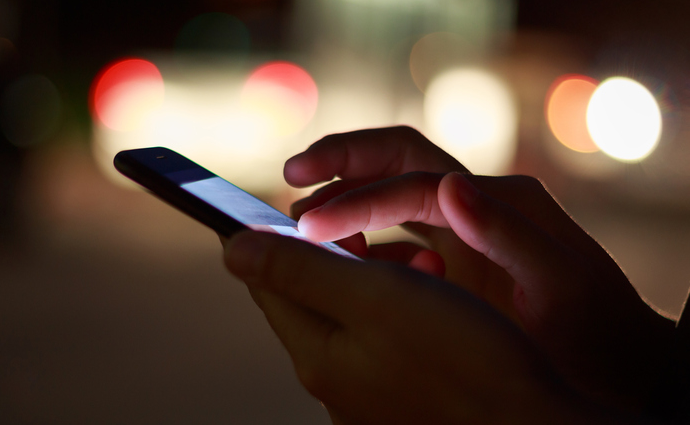Hispanic, Asian Cancer Patients Used Telehealth Less Than White Peers
Compared to white cancer patients, Hispanic patients were 14 percent less likely and Asian patients were 21 percent less likely to use telehealth, a new study reveals.

Source: Getty Images
- A glaring divide exists in telehealth use between white cancer patients and those who are racial minorities, according to a new study.
The study, published in Cancer Medicine, examined patterns of outpatient oncology care and telemedicine use among all cancer patients within the University of California San Diego Health System. Researchers analyzed 29,421 patient encounters among 8,997 patients treated between Jan. 1 and Sept. 30, 2020. This includes a period before and after UC San Diego Health's telemedicine expansion, which began on March 16, 2020.
Of the 8,997 patients, 61 percent were non-Hispanic white, 50 percent were in the top quartile of median household income, and 87 percent noted that their preferred language was English.
Telehealth accounted for 52 percent of all cancer patient visits in April 2020, which was the peak of telehealth usage at UC San Diego Health. By September, telehealth use by cancer patients had stabilized, accounting for 34 percent of all encounters.
During study period, 8,541 patient encounters occurred via telemedicine, of which 7,061 (83 percent) were conducted via video, and 1,480 (17 percent) over the telephone.
But gaps in telehealth use began to grow soon after the expansion in March 2020, and they persisted through September, according to the study.
Compared to non-Hispanic white patients, researchers found that Hispanic patients were 14 percent less likely and Asian patients were 21 percent less likely to use telehealth.
Similarly, Spanish-speaking patients had 29 percent lower odds of using telehealth compared to English speakers. Patients speaking languages other than English or Spanish had 28 percent decreased odds of telehealth use.
Telehealth usage gaps were also observed among different income groups. Compared to the top income quartile, those in the second quartile were 24 percent less likely to use telemedicine, and for those in the bottom quartile, the likelihood of telehealth use dropped by 33 percent.
In addition, patients with Medicaid were 34 percent less likely to use telehealth as compared to those with private insurance.
The study revealed an inverse relationship between COVID-19 cases and telehealth use. Across San Diego county, there were 213,168 cases of COVID-19 during the study period, and the overall COVID-19 infection rate in the county was 6,882 per 100,000. Researchers observed lower rates of telemedicine use in zip codes with higher COVID-19 infection rates.
"The patients at highest risk of contracting COVID-19 potentially have the most to gain from telemedicine during the pandemic, yet we found that telemedicine use was lowest in these high-risk groups," study authors wrote.
The study findings add to growing evidence of disparities in virtual cancer care. In fact, a study published last November shows that newly diagnosed cancer patients with high socioeconomic status were more likely to have a telehealth visit in the 30 days following their diagnosis compared to patients with low socioeconomic status.
Further, older cancer survivors in rural areas were less likely to own the technology needed or have internet access for virtual visits.
But, despite these glaring care gaps, the majority of cancer care clinicians were satisfied with telehealth and said they intended to continue using it in the future.
